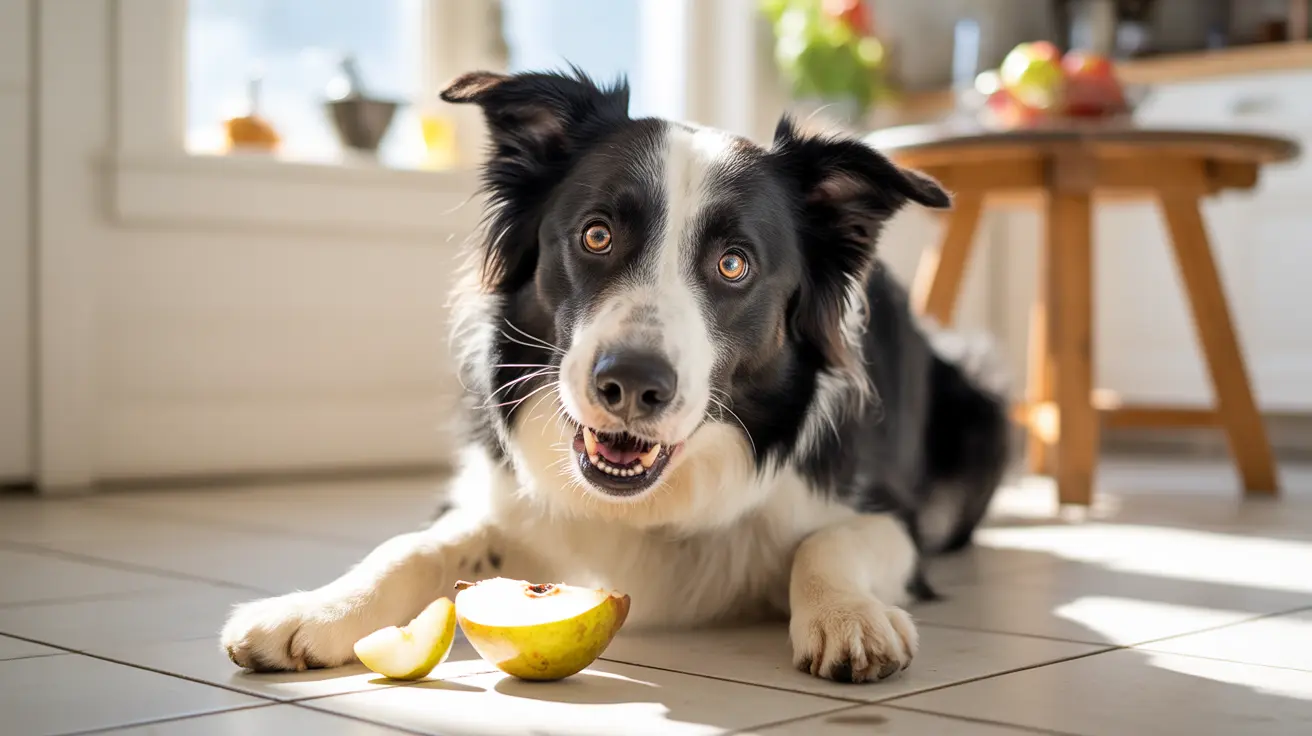Effective Ways to Help Your Dog Poop
Constipation in dogs is a common and often distressing issue for both pets and their owners. It typically refers to the infrequent, difficult, or absent passage of stools. While occasional constipation is usually not serious, persistent issues may signal underlying health problems that require veterinary attention.
Recognizing Signs of Dog Constipation
Before you intervene, it’s important to know the symptoms of constipation in dogs. Identifying the signs early can prevent more serious complications.
- Straining or taking a long time during defecation
- Hard or dry stool, sometimes in small pieces
- No bowel movement for over 24–48 hours
- Blood or mucus in the stool
- Abdominal discomfort or pain
- Changes in posture, such as squatting without defecating
- Scooting on the ground
- Lethargy and appetite loss in prolonged cases
Common Causes of Constipation
Several factors may contribute to a dog becoming constipated. Common causes include:
- Ingestion of indigestible objects like bones, grass, fabric, or toys
- Lack of dietary fiber
- Dehydration
- Inadequate exercise
- Medications that slow intestinal transit
- Neurological or orthopedic issues
- Prostate enlargement in male dogs
- Blocked anal glands
- Stress or environmental changes
Home Remedies to Help Your Dog Poop
For mild or occasional constipation, the following at-home solutions may offer relief:
- Increase Water Intake: Provide more fresh water, or mix in unsalted broth to encourage drinking.
- Switch to Canned Food: Canned dog food contains more moisture, which can help soften stool.
- Add Dietary Fiber: Incorporate plain canned pumpkin (not pie filling), unflavored bran, or dog-safe fiber supplements to the diet.
- Encourage Exercise: Daily walks and increased activity help stimulate bowel movements.
- Monitor for Foreign Objects: Keep pets away from items they might chew or swallow.
- Offer Opportunities to Defecate: Allow your dog frequent chances to go outside, especially after meals.
What Not to Do
Never use human laxatives or enemas on your dog without veterinary supervision—they can be dangerous or toxic. Avoid forcing your dog to eat excessive fiber or new foods quickly, as this can worsen the issue.
When to See a Veterinarian
If your dog’s constipation persists more than 24–48 hours or is accompanied by symptoms like vomiting, bloating, or lethargy, professional care is essential. Your vet may conduct exams or imaging to rule out obstructions, tumors, or disease. Treatment options may include:
- Prescription laxatives or stool softeners (vet-approved only)
- Enemas administered by a professional
- Fluid therapy to resolve dehydration
- Manual removal of impacted stool under sedation
- Surgical treatment in severe obstruction or megacolon cases
Preventing Constipation in Dogs
Prevention often lies in consistent care and monitoring. Here are key strategies:
- Offer a high-fiber, balanced diet
- Ensure daily physical activity
- Keep your dog hydrated
- Discourage chewing on non-food items
- Maintain a steady routine
- Regular vet check-ups
- Use supplements like fiber or probiotics as recommended by your vet
Constipation may seem minor at first, but it can develop into serious conditions like obstipation or megacolon. Stay attuned to your dog’s bathroom habits, provide a healthy lifestyle, and consult your veterinarian if any concerns arise.





